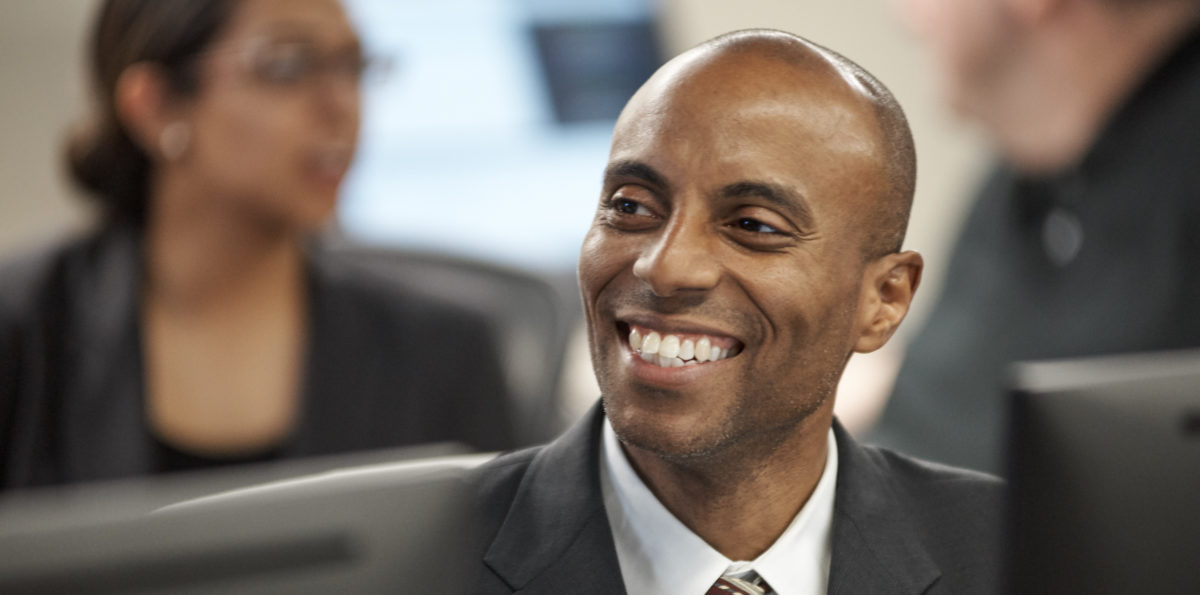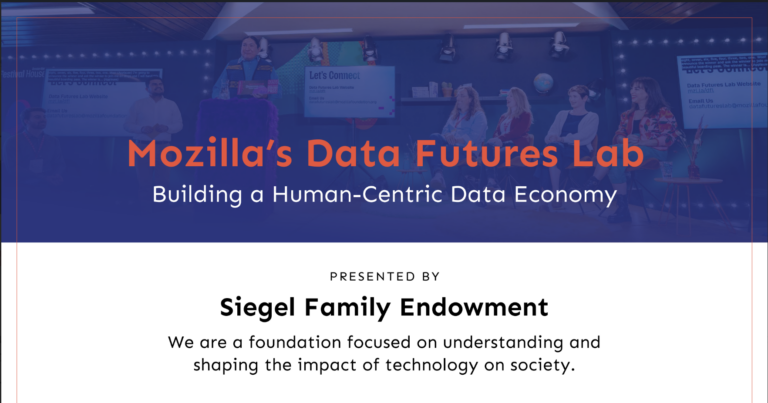
As we grapple with new and emerging ways of balancing human needs with the structures of an increasingly automated world, understanding what makes us uniquely human is more important than ever. To get a sense of how individuals and organizations are approaching this tension, we’ve been asking grantees from across our network: What human qualities can’t be replicated by machines? And how can we apply these traits in an automated world to create a better future?
In our position as a foundation, we don’t claim to have firm answers to these questions — but it is our responsibility to ask the right questions, and to guide people and organizations from all corners of our network to explore responses to all of these challenges.
We spoke with Julian Cohen and Jorge Correa from Per Scholas, an organization that trains learners from outside the traditional educational pipeline for IT roles. This is a series of key insights they shared on making an automated future more human — and the first in a series of conversations we’re having with grantees and partners on the topic.
Even though technological advancement hasn’t made human labor obsolete, new technologies have already significantly impacted the way we work, and they’ve altered the type and quality of work that’s available to many of us. From automation to artificial intelligence, tech innovation is reshaping every segment of the workforce, but in ways that are subtler than the ones that tend to get the most attention.
The impacts of pervasive technology are only going to keep advancing. That’s why understanding the unique strengths and characteristics of human intelligence in a world that requires greater fluency with technology can help us to better adapt the workforce for the future — and to work in ways that are more resilient in the face of ongoing change.
Employers and training programs are informing their approach to this challenge in a number of different ways. At Per Scholas, which gives unemployed and underemployed adults the skills training and connections necessary to start careers in information technology, balancing the relationship between human, emotional intelligence and technical fluency comes down to adaptability and enhancement. After all, there are many things that humans are better equipped to do than machines are on their own, and these qualities are crucial to being able to work together effectively in the long term.
Adaptability
Per Scholas prepares people to take on new kinds of information technology roles, and to grow in those roles for years to come — no matter how much the landscape around them changes. Increasingly, that means developing a curriculum that promotes not just skills-based knowledge, but traits like curiosity, motivation, and emotional intelligence, in both technical and career-development contexts. These are communication-oriented qualities that will motivate people to keep to learning and to stay engaged with the changes happening around them, and they’re critical to giving new technologies a human face. Pursuing these kinds of changes will be key to reducing the shock of incorporating a new technology to an established routine.
Enhancement
Ensuring a mutually beneficial future in which humans and technology coexist harmoniously is going to require a serious focus on developing human traits that enhance the application of technical skills. Deploying uniquely human qualities like empathy in tandem with technical prowess will result in a workforce that’s equipped to both adapt to and engage with ongoing technological change less disruptively. Per Scholas’s hope is that this shift in focus will ultimately improve the efficacy of both humans and the technological systems that they work with, and strengthen the ability of each to make impact.
Per Scholas recognizes that perhaps the most uniquely human trait of all is the ability to tell the difference between the strengths of a machine and those of a human. A human’s power to develop a sophisticated understanding of how and when a technology should be used is an ability that’s far beyond the capability of even the most sophisticated AI, and as more training and credential programs help people get the skills they’ll need in order to work alongside rapidly changing technology, there’s an opportunity to help learners engage more with their human traits. Bridging the gaps between technology and people will arguably be the most important part of preparing to work with technology, both more frequently and more effectively, and it’s something they’re pursuing deliberately and thoughtfully.





